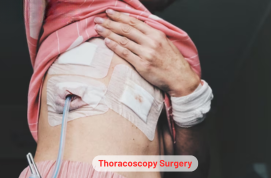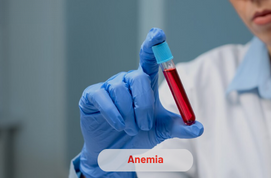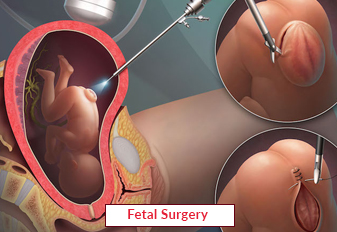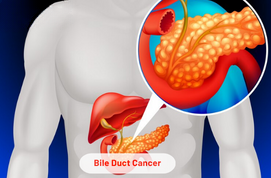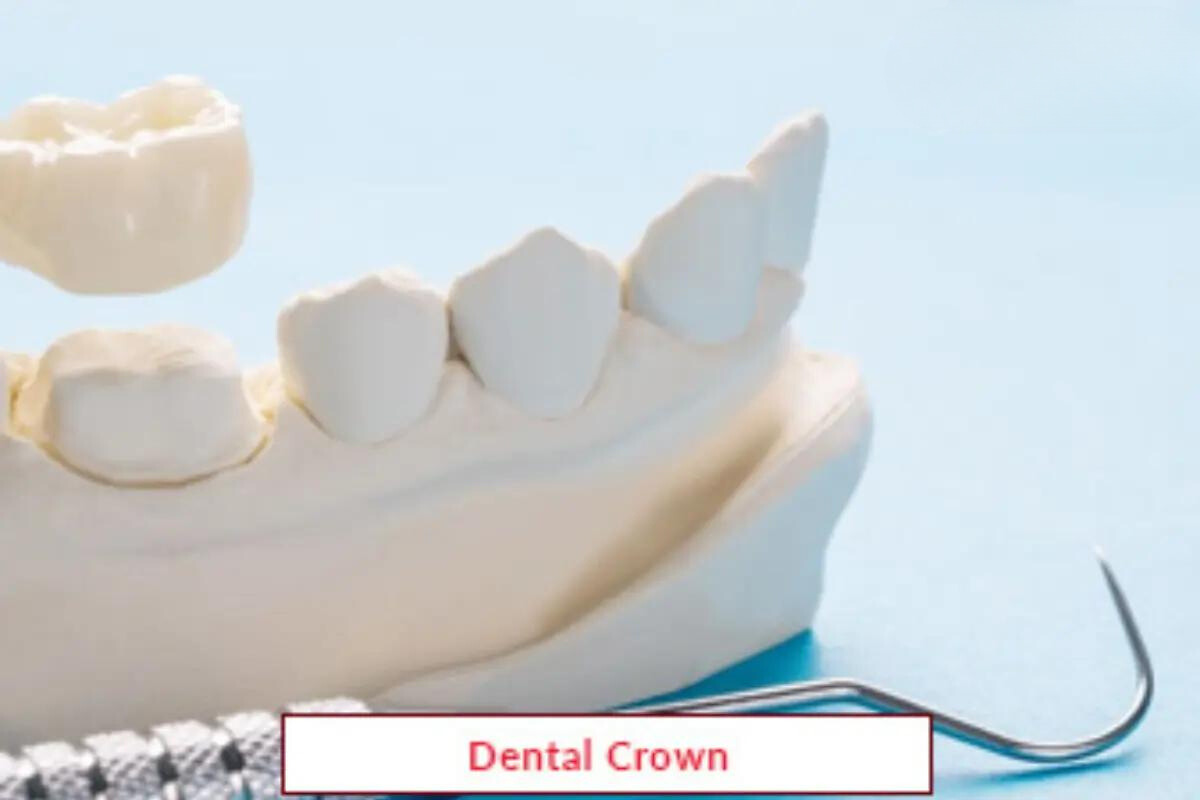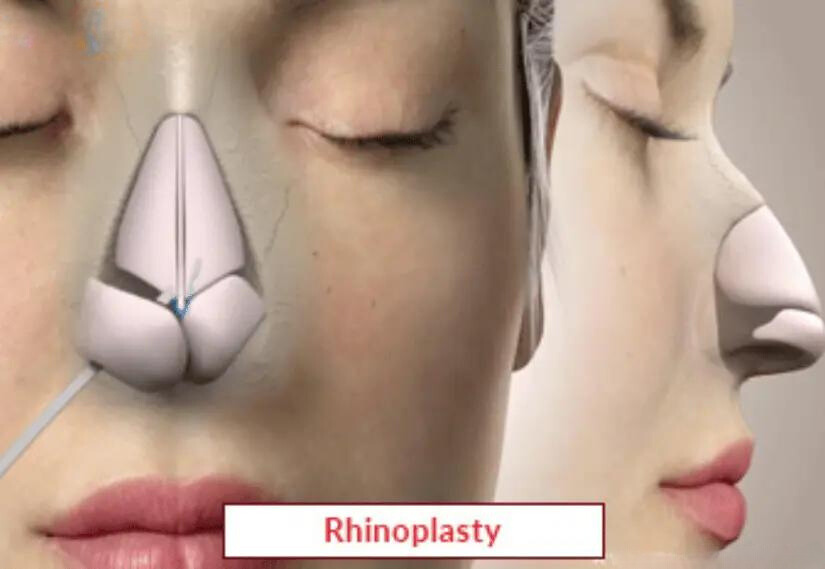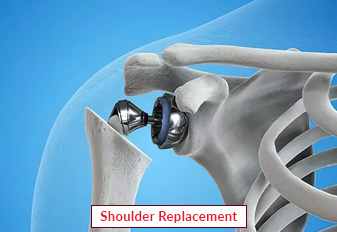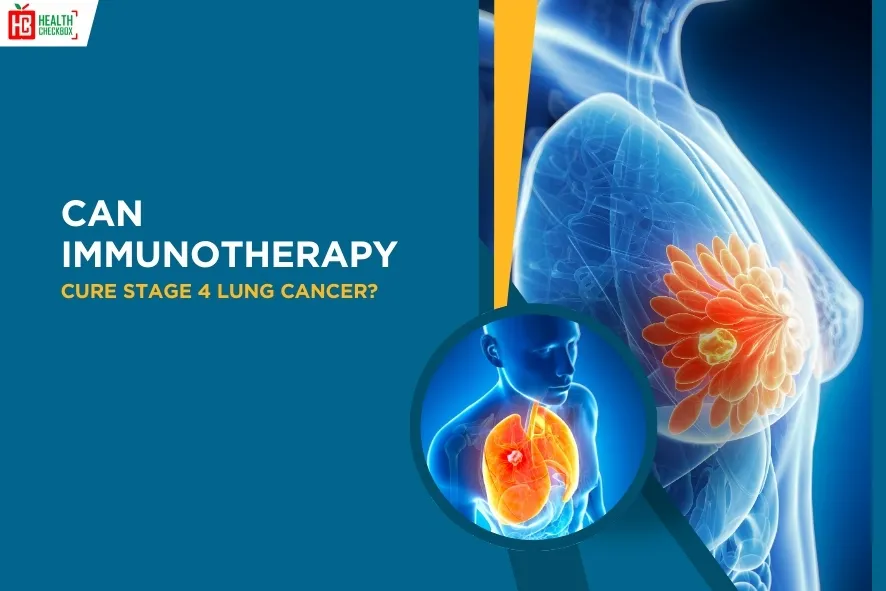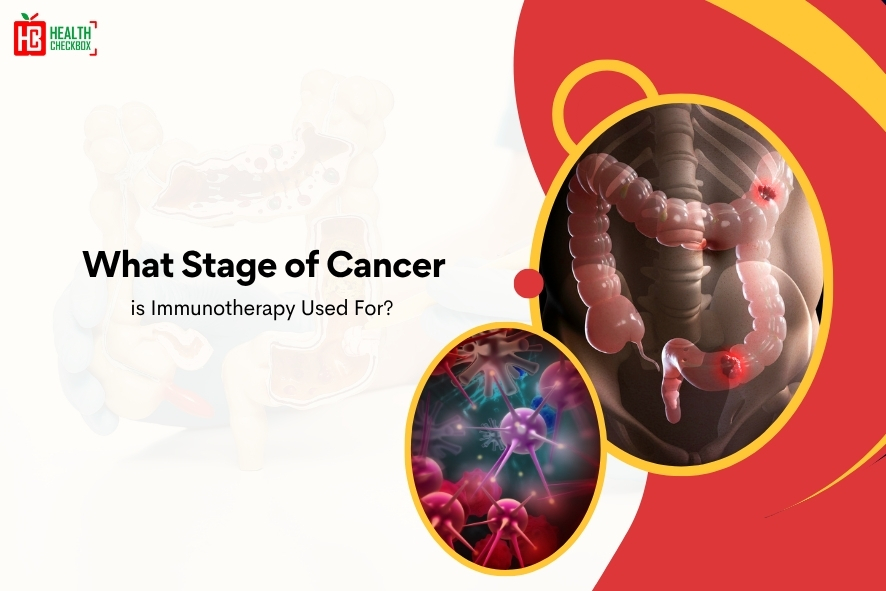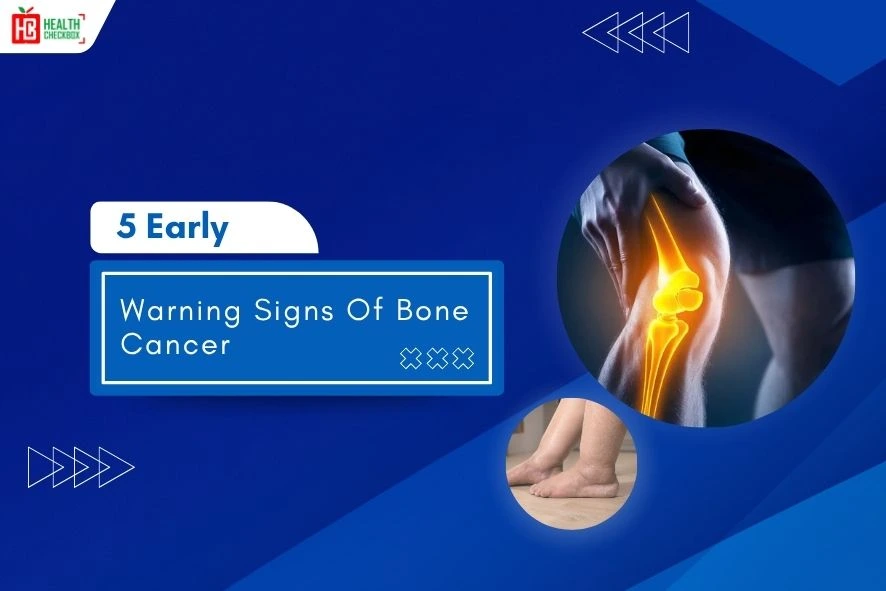Thoracoscopy surgery is a minimally invasive treatment used to diagnose and treat illnesses of the pulmonary cavity, including the pleura. It is commonly known as pleuroscopy or thoracoscopic surgery. Small cuts in the chest wall are used to introduce a thoracoscope, which is a thin, flexible tube. The thoracoscope has a camera and surgical instruments, allowing the surgeon to see and perform a number of processes. For example, lung and pleural biopsy specimens, thoracentesis, and medical management of pneumothorax and pleural effusion.
The technique is frequently performed under general anesthesia. That’s because only a few small cuts are made in the chest cavity during surgery, and a thoracoscope is used to inspect, biopsy, or treat the affected area. When compared to open surgery, pleuroscopy offers benefits such as reduced discomfort, faster recovery, and a lower risk.
What Is Thoracoscopy?
This is a diagnostic surgical activity used to assess an individual’s chest condition. It is also regularly combined with a diagnostic test, which takes a tissue sample to look into the condition more thoroughly. Because pleuroscopy allows for an internal view of the lungs, it can also be used to perform medical operations. In this activity, a thin tube with a camera at the end is used. The health of the lungs and pleural space can be seen by the doctor with the help of this camera. A healthcare professional can easily examine the condition of gullet, diaphragm, and other organs of the patients.
Most of the surgeons use video-assisted thoracoscopic surgery as a small incision thoracic surgery method to perform it. By offering a clear image, this can assist the surgeon in carrying out the whole activity carefully.
What is the Need for this Process?
Healthcare experts can use this method when they need to:
- They needed to obtain information that was not available through an ordinary chest X-ray, CT scan, or ultrasound.
- Excise some pleura from your body.
- Remove damaged or cancerous parts from your lung.
- Remove air pockets from your lungs.
- Chronic chest pain.
- Pus in the pleural cavity.
Benefits of Thoracoscopy
This process can diagnose and treat diseases in the chest cavity. It has several benefits, including:
- Fast recovery
- Less pain
- Shorter hospital stay
Symptoms of Thoracoscopy
After a complete activity, patients may experience several symptoms as part of the recovery process. These symptoms can include:
- Pain at the incision sites
- Sore throat
- Fatigue
- Chest discomfort
- Breathing problems
- Swelling or bleeding
- Fever
- Infection
Cost of Thoracoscopy Surgery
The thoracoscopy ranges from Rs. 1,50,000 to Rs. 3,00,000. The cost of this surgery in India depends on the following factors:
- Location of the hospital
- Experience of the medical team
- Advanced medical facilities
- The kind of thoracoscopy done on the patient.
Procedure of Thoracoscopy Surgery
- Preparation: To find out the patient’s suitability for surgery, a proper examination is conducted by the medical staff. It includes a brief review of the patient’s medical history and imaging studies.
- Anesthesia: The medical team gives general or local anesthesia to assure the patient’s comfort during the procedure and to induce unconsciousness.
- Positioning: Depending on the intended approach and the area of the chest that the medical staff needs to reach. They either position the patient on their side or back.
- Incision: The surgeon inserts the thoracoscope and surgical tool in the patient’s chest. Doctors can make small cuts in the chest wall of 2 millimeters.
- Insertion of the Thoracoscope: To view the chest cavity, a doctor places a thin or flexible tube. This tube is connected with a camera and light source at one of the ends.
- Procedure: The surgeon performs the suitable diagnostic or treatments, such as lung, pleural biopsy, or drainage of fluid collections, using the pictures obtained from the thoracoscope as guidance.
- Closure: The surgical cuts are closed with the help of bandages after the operation. The medical staff then takes the patient to the monitored recovery area.
Our Other Services
Latest Health Tips
Can Immunotherapy Cure Stage 4 Lung Cancer?
Early Signs of Cervical Cancer
Foods that Kill Cancer: Leafy Vegetables, Grains, & More
What Stage of Cancer is Immunotherapy Used For?
Which is Worse for Cancer, Sugar or Alcohol?
Vaccines That Prevent Cancer
What Kills Cancer Cells in the Body Naturally?
Early Warning Signs of Bone Cancer
Submit Your Enquiry
Testimonials








